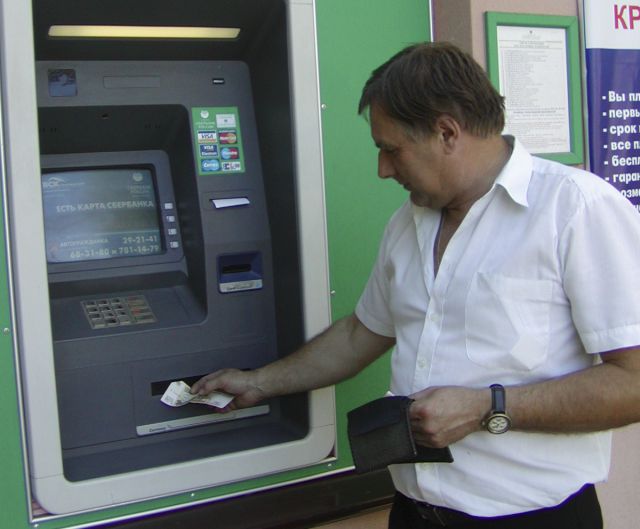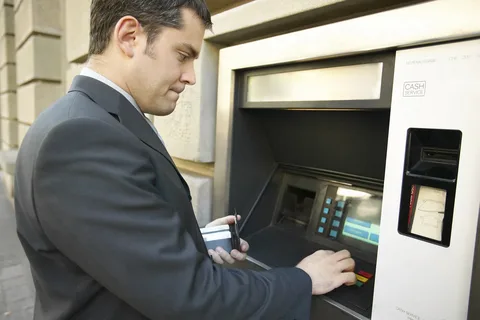Once upon a time, a banking app was just a tool for checking your balance and paying bills. Everything has changed with increasing competition, digitalization, and increased user expectations. Today, banks try to talk to their audience not only in the language of finance, but also with the use of game techniques to keep attention, increase engagement and turn routine operations into something more exciting. In this context, the question is increasingly raised: gamification in banking applications — does it really work?
What is gamification in the context of banking applications?
Before analyzing the effectiveness, it is worth understanding what it is all about. Gamification is the introduction of game mechanics into non-game processes. In the case of banks, this means applying elements like points, achievements, levels, missions, challenges, and visual progress to make interaction with financial products more understandable and interesting.
This can manifest as:
Rewards for regular saving of funds;
Badges for achieving goals;
Progress bars that show how close the user is to their goal (for example, save up for a vacation);
"Financial quests", where you are invited to complete a number of tasks — take a course on investments, study information about credit products, etc.;
Mini-games built into the app interface, such as wheel of fortune, for which the user can get cashback.
All this is not directly related to games, but it causes the same motivation as they do: interest, excitement, satisfaction from the completed task.
Why did gamification appear in the banking sector?
The financial sector is one of the most conservative, and that is why it is actively changing today. With the advent of neobanks and a young audience accustomed to mobile games, stories, likes and visual dynamics, classic banking products began to lose out in the fight for attention. Young people don't read long terms and don't like boring interfaces. They need simplicity, engagement, and play.
So banks started looking for ways to make their own applications more "alive". Gamification in banking applications has become a kind of answer to this challenge.
It helps you explain complex things in simple language. For example, instead of a long description of how a credit rating is formed, the user can complete a mini-quest, in which each step is a small task: pay the bill on time, do not exceed the card limit, and so on.
Engagement Effect: Does it work in practice
At first glance, it may seem that banking and gaming are incompatible. However, data and case studies suggest otherwise. Many users start to show more interest in their finances when a goal and reward appear in front of them.
Gamification in banking apps helps:
Make the accumulation process more motivating;
Increase the frequency of interaction with the app;
Improve financial literacy in an easy way;
Keep the client longer by creating a "return for achievements" effect;
Turn boring tasks like creating a budget into an exciting process.
This approach works especially well with Gen Z and millennials — they are more easily involved in the format of challenges and personalized rewards.

Examples of implementations and interesting solutions
Some banks have gone beyond simple points. In some apps, you can collect digital "trophies" for reasonable purchases. Others create "financial simulators" where the user competes with himself or her friends to see who will save the most in a week. Some implement seasonal missions: for example, "Winter Quest", in which you need to complete a series of tasks to get a reward — a discount, cashback, or even a chance to win a trip.
Sometimes this is done through partner integrations with game or educational services that allow you to get real bonuses for virtual achievements.
Not everything is so simple: the pitfalls of gamification
Although the idea looks promising, it doesn't always work equally well. Gamification in banking applications can be perceived ambiguously if its implementation is superficial or intrusive.
For example, if a user feels that the mechanics were created just to collect data or sell products, this causes irritation. Or when the game turns into a commitment: to get cashback, you have to go too far, and instead of motivation, rejection occurs.
It is important that the game element does not replace the main functionality, but complements it, makes it clearer and more interesting, but does not interfere with the implementation of financial tasks. Otherwise, you may lose the audience's trust.
What's next: Development potential
The prospects for this approach are broad. With the development of personalization, artificial intelligence, and visual interfaces, gamification can reach a new level. For example, you can imagine a financial assistant as a character that grows and develops with the user. Or augmented reality scenarios in which the user literally "hunts" for benefits in their city.
There is also an interest in creating a community within apps — users can share goals, compete, and support each other in their savings. This turns personal finance into a social process, which can work particularly well among young people.








